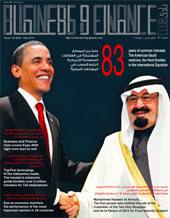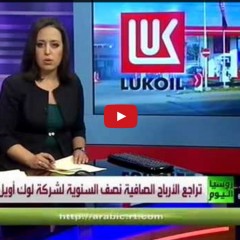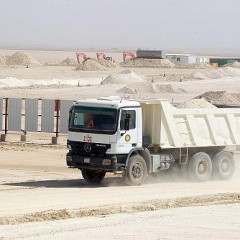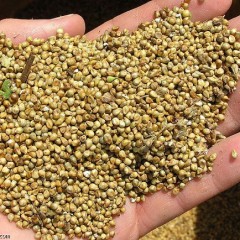
Lebanon
Deterioration of tourism, Rising industrial exports
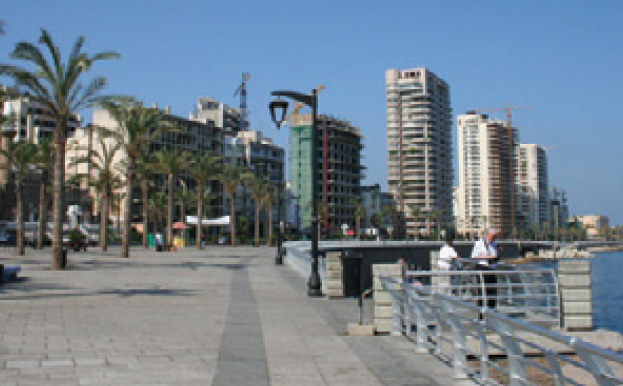
The tourism sector, which constitutes 16% of GDP in Lebanon, is facing a crisis which is the hardest since 2005, where the number of tourists increased by 12.69 % during the first half of 2013 which recorded 623,864 tourists, after it was 714,549 in the same period of 2012. For example, the rate of bookings in the Mount Lebanon Summer Center declined to zero. The contribution of tourism is estimated by about $8 billion of GDP, which is $55 billion. On the other hand, the number and value of traded shares on the stock exchange of Lebanon increased this year. The first financial week of February saw the trading of 1.506.692 million shares valued at $14.148.497 million compared to $714,590 shares valued at $6.250.973 million during the last week of January. The Lebanese stock have missed the big wave of high prices in the international markets and closed the year of 2013 on a decline, where the shares of Solidere witnessed the worst performance as it went down by 15 %, while the RYMCO shares recorded the best performance with a rise of 33%. The economic movement in Lebanon slowed down to about 1.5% in the third quarter of 2013. The World Bank expected Lebanon’s GDP to grow by 3.6% in 2014. The Lebanese economy ranked the highest 72 country among 108 developing countries, compared to the growth rate in developing countries in the Middle East and North Africa, which is 2.7%. For the year 2014, the Institute of International Finance expected net private capital flows to Lebanon to reach $4.3 billion, with an increase of 48.8% from the expected figure for 2013. Yet, this figure is far less than the average of $ 7.5 billion annually, between 2008 and 2011. Thus, the expected flows to Lebanon next year reflect second-largest growth rate among the economies of emerging countries and the Middle East and Africa. The value of the Lebanese industrial exports during the first 11 months of 2013 rose to about 2 billion and 861 million USD, achieving $2 billion and 569 million. While the value of imports of industrial machinery and equipment during the same period was about $280 million and 100 thousand. In contrast, the Lebanese Customs announced a decline in its imports to 2.66 billion USD, by 4.12% during the first 11 months of 2013, compared to 2.78 billion USD during the same period of 2012. This is due to a decline in the revenues from the value-added tax rate of 3.86 % per annum to 1.29 billion USD, and the shrinking of customs imports by 4.12% to about 1.38 billion USD.


